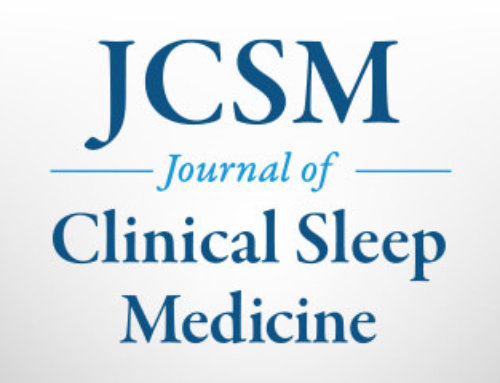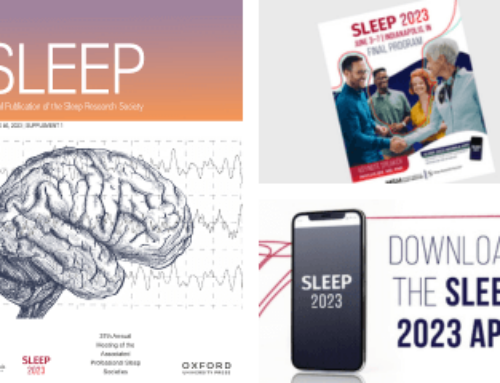- Goal of American Board of Sleep Medicine Technologist Certification Examination
- Additional Examination Information
- About the American Board of Sleep Medicine
Goal of American Board of Sleep Medicine Technologist Certification Examination
The American Board of Sleep Medicine (ABSM) announces a new Sleep Technologist Certification Examination, with the inaugural examination to be offered in November 2011.
The primary goal of the American Board of Sleep Medicine is to offer a certification examination for sleep technologists based on a blueprint reflective of the day-to-day professional responsibilities of sleep technologists in the sleep center setting and instruction received from available didactic programs. We believe this methodology fairly and responsibly evaluates professional competence.
Additional Examination Information
Last week, the Board of Registered Polysomnographic Technologists (BRPT) sent a communication to technologists holding its credential regarding the new sleep technology certification examination that will be offered by the ABSM. It is important to clarify a few points outlined in their letter and provide additional details about the ABSM Sleep Technologist Certification Examination.
In addition to the initial announcement letter from the ABSM and the response from the BRPT – which were posted by the BRPT – the ABSM sent a second response to the BRPT. This letter is available for review on the ABSM website.
After the initial correspondence from the ABSM was sent to the BRPT, the respective presidents of the two organizations spoke about the new examination. At that time, Janice East, the BRPT president, requested the ABSM delay public announcement of this new examination. The ABSM honored this request. The BRPT then sent its communication without notice.
The ABSM decided to offer a third pathway for certification in sleep technology after ongoing, careful consideration of the current and future needs of the profession. The Board of Directors for the American Academy of Sleep Medicine (AASM) has engaged in discussions with the BRPT about the RPSGT certification examination for several years. While these discussions were successful in the introduction of the CPSGT examination, other important issues have not been resolved and require immediate attention to safeguard the sleep technology profession.
Challenges related to the licensure of sleep technologists have been mounted in several states. Efforts undertaken, in part by the AASM, have been successful in protecting scope of practice definitions for sleep technology and introducing favorable legislation and regulations. A requirement of the enacted legislation and regulations is certification of sleep technologists, often by firm deadlines.
A third examination pathway enables sleep technologists greater options when taking the certification examination for their profession, which is increasingly required by law. The examination offered by the ABSM does not have a “stated goal of producing a high pass rate” as inferred by the BRPT.
There is no intention by the ABSM to undermine the RPSGT credential or its value in the profession. Current holders of the RPSGT credential will be grandfathered into the new credential if they elect this option.
Strengthening levels of professionalism and competence in sleep technology is paramount to the profession’s future, and the ABSM Sleep Technologist Certification Examination is a reflection of this tenet. The examination is still in development, and more information will be communicated as it becomes available.
About the American Board of Sleep Medicine
The ABSM was established as an independent entity in 1989 and has extensive experience in the development and administration of examinations of sleep medicine professionals. The ABSM administered an examination in sleep medicine from 1989 until 2007. Currently, the ABSM administers an examination in behavioral sleep medicine for doctoral-level professionals in the sleep medicine field. We plan to use established procedures in the development of the examination, subject the results to rigorous statistical analysis and pursue appropriate accreditation.



